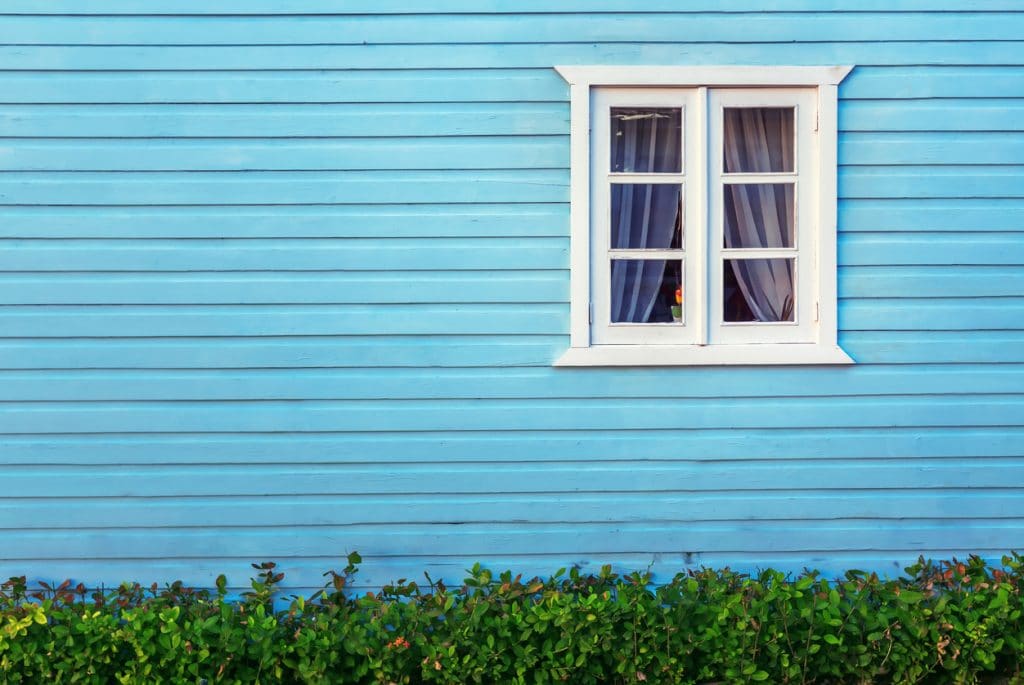Windows can be a big efficiency drain on your Portland home, and they’re definitely a factor in your Home Energy Score. But while replacing them with brand-new models may be the quickest and easiest way to boost your Home Energy Score through window performance (see our guide here), it’s definitely not cheap.
Vintage Portland Windows
If you’re hesitating before tearing out your old windows on your Portland home, you’re not alone. Vintage windows are a key character component of homes representing some of Portland’s landmark architectural styles, such as the craftsman bungalows and Victorian mansions. Not only do vintage windows tend to look nicer than new vinyl windows, the frames are often made out of old-growth Oregon Douglas Fir. This straight-grained, solid wood can last up to 200 years, according to a study by the National Trust for Historic Preservation. That’s nearly ten times as long as the lifespan on new vinyl windows!
Energy Effective Old Windows
Fortunately, total window replacement is not necessary for most Portland homes. Through air sealing, reglazing and better quality glass, you can make some significant gains in efficiency. In this blog post, our Home Energy Score pros discuss some DIY methods to make old windows perform better without breaking the bank.
Tip #1: Seal off gaps and cracks around the window
If your Portland home has old windows — or even new windows — there may be gaps around the window frame itself, leading to cold incoming drafts in the winter and loss of cool air in the summer.
Smaller gaps can be hard to see, but are surprisingly common in older homes — which Portland has a lot of. To find those cracks, shine a flashlight at night around the window frame while a partner observes the house from outside. Cracks will show up as rays of light. Alternatively, use an incense stick in the daylight and look for places where the smoke is pulled toward the crack.
To seal gaps and cracks, use an expanding foam product in a can. For a gap that is fairly even around the entire window frame, use weather stripping. It comes in various thicknesses, so measure the gap before you buy the stripping.
Tip #2: Replace or reseal glazing
The term “window glazing” actually refers to the pane of glass in the window frame, which is held in place by a putty. This putty should create an airtight seal between the wood (or other window frame material) and the glass, but it can become cracked or separate from the glazing in older windows. If you used smoke to perform the “gap check” and it went straight through the window pane, that’s a good sign that your single-pane windows need reglazing!
Reglazing a window technically means replacing the pane of glass, but if the glass is in good shape you can simply scrape off the old glazing compound/putty and replace it using the old window pane. Keep in mind that the glass may break as you work, but replacement panes can be custom-cut at your local hardware store for a fraction of the cost of a whole new window (see the next section for glass upgrade options).
Reglazing a wood window in 6 easy steps
- Remove the operable part of the window (the part that slides up and down), also known as the sash. Depending on the how the window is put together, you may have to remove wooden “stops” that sit on the interior side of the window.
- Using a stable work surface, lay the sash down horizontally and begin chipping away the loose putty with a razor blade or scraper. You may need to use a heat gun to eliminate stubborn bits; be careful to protect the wood frame as paint may bubble up under the heat. Also watch out for the glazier’s points – metal tabs that keep the glass in place.
- Decide on a glazing compound. They come in two flavors, oil-based or latex/acrylic. Oil-based is best for beginners as it takes longer to dry, giving you time to smooth the putty into the neatest line possible. If using an oil-based glazing compound, it still makes sense to use a latex caulk on the inside of the frame to hold the glass in place. Apply a thin bead, set the glass into it, then press down firmly. The excess caulk can later be sliced off with a utility knife. Secure the glass into place with metal glazier’s points.
- Apply the putty/glazing compound. If the oil-based compound is cold, you can make it easier to work with by setting it in a bowl of warm water for a few minutes first. Use a putty knife to spread a thick layer around the perimeter of the glass, pressing it up into the frame.
- Smooth the putty. Dipping the putty knife in mineral spirits can help keep the work area clean. “Cut” the excess away in a long, smooth line.
- Wait the recommended amount of time (six days for oil-based putty) before painting, but don’t skip this step. Paint, lapped a sixteenth of an inch over the glass, will protect the glazing for years to come.
For vintage Portland windows that are made of metal, check out this excellent reglazing tutorial from The Craftsman Blog.
Tip #3: Consider a low-e or tinted glazing
Not all window glass is created equal! Replacing clear window glass with Low-e glazings can help keep the inside of your home warmer or cooler, depending on your needs. These glazings selectively block different wavelengths of sunlight: Infrared, visible and ultraviolet.
Low-e stands for “low emissivity”; in other words, this type of glass reduces how much heat or light is emitted through the window. These glazings are manufactured with a mico-thin layer of a reflective material like bronze, tin or silver. In a single-paned window, the reflective layer faces the interior of the home.
For new windows, low-e glazings are the standard, and they are a huge efficiency booster for double-paned installations. For this reason, these glazings are one of the things your Home Energy Score assessor will look for.
The most common type of low-e windows are designed to allow in visible light and block out infrared and ultraviolet light, which are the hottest wavelengths of light. Because Portland so seldom gets hot, it might not be worthwhile from an energy-savings standpoint to invest in these types of glazings to upgrade your windows. Then again, if you have many windows that are exposed to direct sun, they are definitely an option to consider.
So-called “passive” low-e glazings are also available. These glazings do the opposite: They allow in visible light while preventing heat from escaping through the glass. Best for homes in cold climates, they might also be a good choice for Portland if your windows don’t receive much direct sunlight.
Talk to your local glass shop to find out what your options might be if replacing the glazings on your windows.

